Wroclaw
We arrived at Wroclaw's ultra-modern looking airport in the morning and checked into our hotel, situated between the Academy of Fine Arts and the old Prussian fort, currently being excavated. Opposite was the Panorama Raclawicka, a truly prodigious feat of painting by Jan Styka and Wojciech Kossak (and many assistants!) in 1893 and 1894, and depicting the battlefield of Raclawice in 1794. The perspectives and 3-D effects of the painting are quite breathtaking.
We then had a guided tour of the Cathedral Island (gas lamps are lit nightly by a traditionally-dressed lamplighter, taking two hours to light and, later, two hours to put out). 70% of the city was damaged in the Second World War, including the Cathedral, but like so many other parts of mainland Europe, has been lovingly reconstructed since. Walking on further, and through the old town, the Stare Miasto, with its Town Hall and Main Square, the ghosts of past occupants, whether Austro-Hungarian, Prussian or Nazi, seemed still present.
The old covered market, or Hala Targowa, on Piaskowa, was built in 1908. Its interior arches were reminiscent of the Modernisme-designed workers' co-operative building I'd seen in Cambrils in Spain (see Travel page). We only had time for a look at the ground-floor stalls, ranging from a row of butchers with unfamiliar joints of meat and healthy-looking fresh fruit & veg to honey and tea stalls, but upstairs were enticing glimpses of various tiny shops.
Wroclaw, like Poznan, is a lively university town, and our whistle-stop tour wasn't going to be able to give us more than a glimpse of this, but there were plenty of busy, lively-looking cafes, restaurants and bars in evidence. We enjoyed various Polish dishes during our visit including zurek(soup with eggs and white sausage, served inside a small round loaf of bread!), pierogi (large ravioli-type filled envelopes), and plenty of red cabbage (our last dinner in Poznan delicious roast duck with cranberry-stuffed apple and Poznan-style steamed yeast dumplings at the Brovaria Restaurant in the Stary Rynek).
We whizzed by various museums and art-galleries, and I definitely plan to go back to get a closer look at the area's culture and history. One fascinating stop, on our last morning, was the stunning Centennial Hall on the outskirts of the city, designed in 1911 by Max Berg and completed in 1913. It was built after an appeal by Frederick of Germany to commemorate the stand against Napoleon, and had the biggest span of roof in concrete of its time. Over the years since, amongst other things it has been a venue for Cold War party conferences, trade shows, opera and rock concerts. Nearby are the old Film School buildings.
www.wroclaw-life.com
The ghosts of the past here include the lost Jewish community. Pre WW2, this was 20% of the total population. Now, we were told, there are only 15 Jews resident in Poznan, and the synagogue, though the exterior is still standing, was turned into a swimming-pool after the Holocaust. For those who are interested in an account of a Polish Jewish community that didn’t survive the War years, I can recommend Konin by Theo Richmond.
But back to the present. We stayed in the stylishly modern 4* Hotel Andersia. I got up before breakfast for a solitary swim in the pool on the 2nd floor and met some felt-hatted young men in the lift who were on their way back from a night's merry-making!
On this wet weekend, we had another fairly fast guided walking tour around this city. Being a history-head, I hankered after a couple of interesting looking museums we passed, which I would like to go back and see, including the Museum of the 1918-19 Wielkopolska Uprising, and the Museum of Musical Instruments. There are many more here! We did see the Cathedral (as with Wroclaw, situated on an island), site of the beginning of Christianity, in 966 AD, in Poland, and burial place of its first kings, the Malta Lake, where people from the city go for watersports, walks, picnics etc, and the Old Breweryshopping centre. Our guide explained that the latter has become a meeting place for all age-groups, and the modern art on display is worth seeing. There is a popular jazz club in Poznan, The Blue Note, opened in 1998, where the music is apparently excellent, according to our guide, who was also an afficionado of the local football team Lech Poznan, very well-loved by its loyal fans.
Poznan has introduced a half-price weekend once a year, when hotels, restaurants and attractions offer everything at half-price to encourage tourists to come for a city break and get a taste of the city. Go for it!
www.poznan.pl/mim/public/turystyka/index.html?lang=en
www.poznan.pl/comeandenjoy/en/

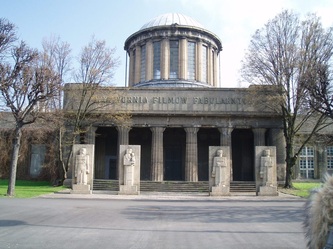










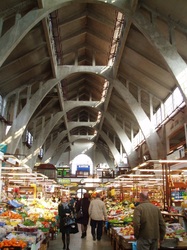
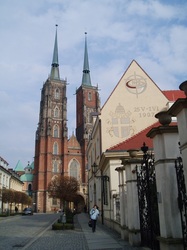
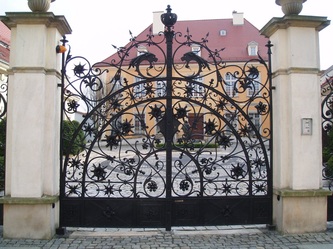






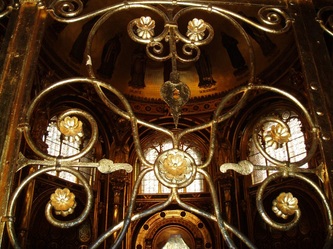





 RSS Feed
RSS Feed
